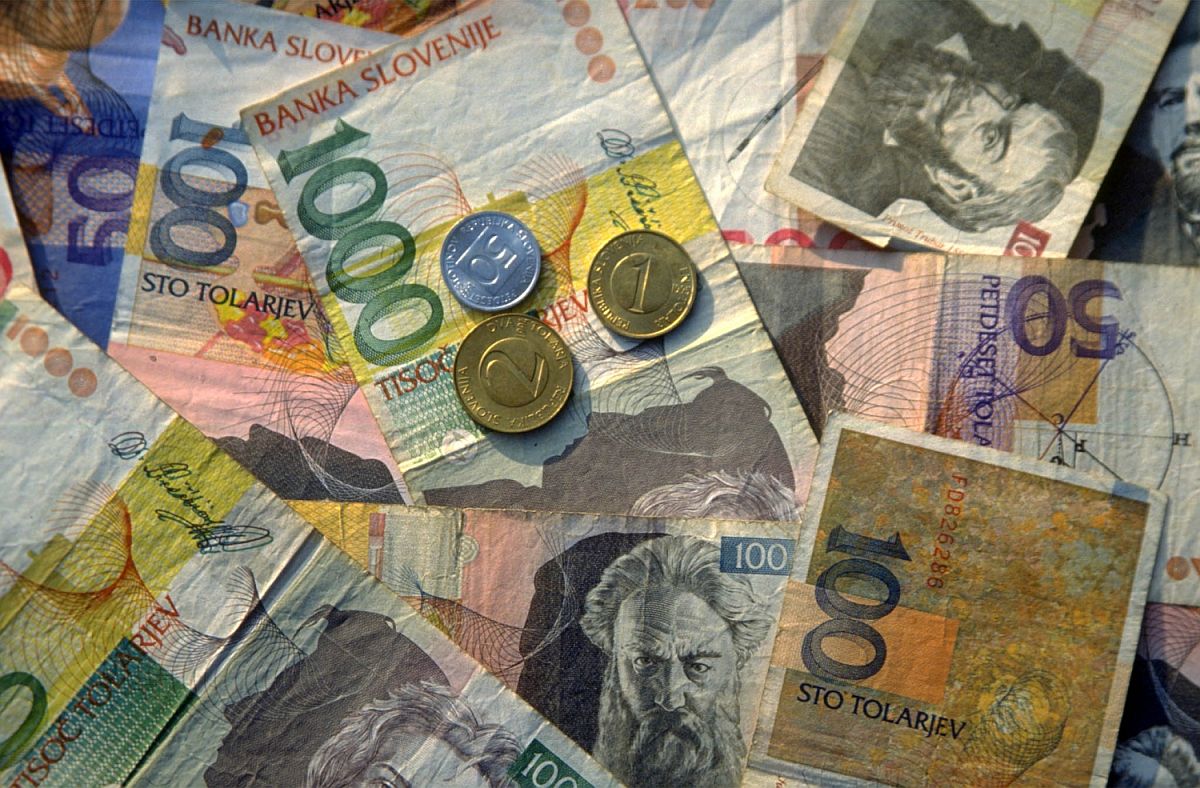The Slovenian tolar celebrates a quarter of a century! Namely, 25 years have passed since the Bank of Slovenia put into circulation the national currency, with which Slovenia embarked on the path of monetary independence and abandoned the former Yugoslavian dinar. What could have happened that our currency would be called an ear of corn and a hundred grain, but in the end the name tolar won. Its exchange rate was initially 32 tolars to one German mark. Do you have any Tolar coins or banknotes at home? Do you still know which images adorned the coins and banknotes? Do you also miss it or are you satisfied with the euro?
Slovenian tolar is celebrating 25 years. October 8, 1991 Banka Slovenije put it into circulation tolar vouchers, which were used as temporary money. This is also the date when Slovenia started its journey monetary independence. The coin was designed by an academic painter with his colleagues Darling Lucil, and the printing of the banknotes was arranged by a British company Thomas de la Rue.

Although the tolar had a short history - in 2007 it withdrew from the euro –, we Slovenians trusted him. Until today, it has returned to Banka Slovenije 99 percent of tolar banknotes, which were in circulation and only have a numismatic value. If you are not a collector and would like to cash in the coins, there is only one more time to do so until the end of 2016, and banknotes and vouchers will be exchangeable at Banka Slovenije without a time limit.
READ MORE: Melania Trump: 15 juicy facts you don't know about her

25 years ago, we were initially given tolar vouchers, which were in value 1, 2, 5, 10, 50, 100, 200, 500 and 1000 tolars. All of them had the motif of Triglav and the Prince's Stone, but they differed only in color and nominal value. On May 27, 1992, they were joined by a value voucher 5000 tolars. We used them as a means of payment until June 30, 1993 or On February 1, 1994, when they finally withdrew from the real tolar, the mark SLT on the price, he changed SIT. The tolar got its name according to the old tolar coin, i.e. a silver coin first minted in Bohemia back in 1518.

They are at the birth of the national currency Yugoslav dinars exchanged for tolars at a ratio of 1:1. They were depicted on the banknotes important Slovenians and the motifs that characterized them. They are after the banknotes January 1993 coins minted in Slovakia also arrived, with animal motifs on them. From June 28, 2004, the tolar was pegged to the euro in ERM II, and the exchange rate of the tolar was set at 1 EUR = 239.64 SIT. In 2007, the tolar was replaced by the common European currency, the euro, since on January 1, 2007, Slovenia became part of the euro area. A period of double circulation was then in effect for 14 days, which meant that both euros and tolars could be used for cash payments.


















